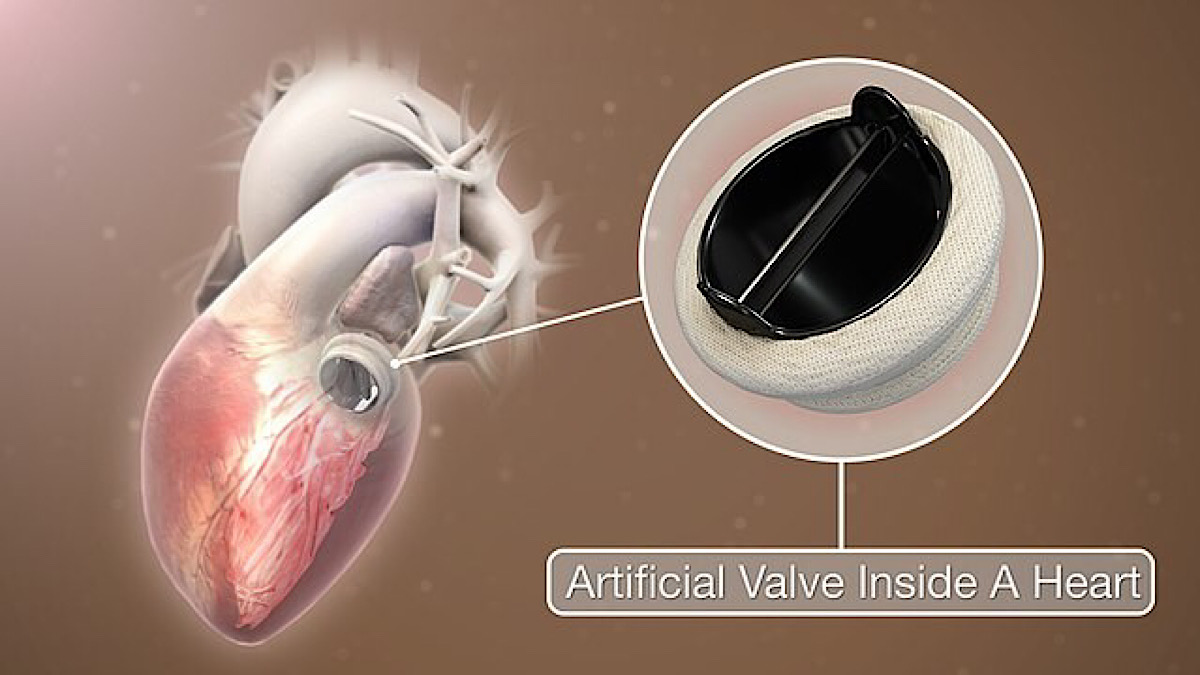Scientists identified the specific neurons needed for people to recover the ability to walk after spinal cord injuries.
Scientists identified specific spinal nerve cells that people likely need to regain the ability to walk after paralyzing injuries.
People with paralyzing spinal cord injuries can walk again with the help of medical devices that zap their nerves with electricity. But the designers of these new implants weren’t completely sure of how they restored motor function over time — now, a new study provides clues.
The new study of humans and lab mice, published Nov. 9 in the journal Nature, pinpoints a specific population of nerve cells that seems key to recovering the ability to walk after a paralyzing spinal cord injury. With a jolt of electricity, an implant can switch these neurons on and thus jumpstart a cascade of events in which the very architecture of the nervous system changes. This cellular remodel restores the lost lines of communication between the brain and the muscles needed for walking, allowing once-paralyzed people to walk again, the researchers concluded.
Understanding how the nerve-zapping system, called epidural electrical stimulation (EES), “reshapes spinal circuits could help researchers to develop targeted techniques to restore walking, and potentially enable the recovery of more-complex movements,” Eiman Azim, a principal investigator at the Salk Institute for Biological Studies in La Jolla, California, and Kee Wui Huang, a postdoctoral fellow in Azim’s lab, wrote in a commentary.
Nine people with paralyzing spinal cord injuries participated in the new study. Six were mostly or completely unable to move their legs but retained some feeling in the limbs; the other three participants had no motor control or sensation from the waist down.
Continue reading… “Electrical zaps can ‘reawaken’ lost neural connections, helping paralyzed people walk again”












